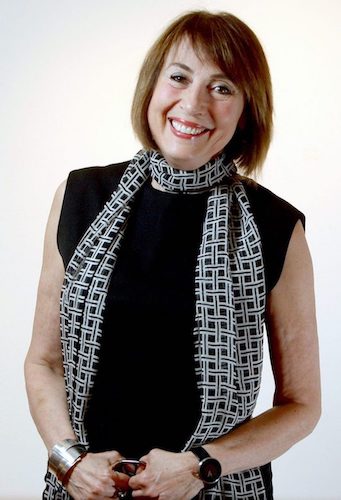Cathy Davidson on The New Education
As the author of The New Education, Cathy N. Davidson has thoroughly examined the university system, its shortcomings, and its successes. She also teaches at the university level as a Distinguished Professor of English and serves as the Founding Director of the Futures Initiative at the Graduate Center, CUNY. She is cofounder of HASTAC (Humanities, Arts, Science, and Technology Alliance and Collaboratory), the first academic social network, which unites innovators across different disciplines to improve methods of teaching and learning.
Davidson’s progressive vision for the future of education aligns with the work of a research cluster sponsored by The Humanities Institute, Teaching and Learning in the Humanities Now. We’re excited to host her this Thursday, where she’ll talk about The New Education and modernizing the university.
Ahead of her talk this week, we caught up with Davidson to discuss college rankings, income inequality, and participatory classes.
What is the New Education?
The New Education is the name Charles Eliot gave to his 1869 screed that condemned higher education and said we need to start over from scratch. He said the Puritan college could no longer serve the needs of industrial America.
Thanks to Eliot’s advocacy, all of the things that did not exist in higher ed at the time—grades, entrance exams, majors and minors, graduate school, professional schools of business, schools of nursing, credit hours, the use of endowments, and so forth—were fully in place by 1925. Together, that infrastructure designed to create a new professional-managerial class for the Industrial Era still distinguishes higher education today.
But the world has changed, and the needs and demands of students today and of our society have changed. I argue that we need a “New Education” for the world we live in now.
You argue that the university today is based on hierarchy and furthers income inequality rather than erases it. If that is the case, where will there be pressure to make change?
to make change?
Interestingly, I see pressures to make change from virtually every direction. On the one hand, there is a national movement for free tuition, erasing student debt, and greater funding of public higher education, including community college.
But even at the wealthiest, most expensive, and most selective elite universities, one hears advocates for change. Take Yale, for example. This semester, Yale offered a class on happiness. One premise of the course is that K–12 “schools” students for unhappiness—to strive and work to attain goals that may not bring happiness. This course ended up with the single biggest enrollment anyone remembers at Yale.
Does every college need to make the same changes?
I have not yet been to a college where everyone says, “It’s perfect here. We don’t need to change a thing.” By the same token, at every institution there is something happening—even if it is only at the edges—that is exciting, innovative, and inspiring.
Not every institution needs to change in the same way, but every one needs to ask itself: Are we serving the goals we say we serve? Are our students really learning in a way that prepares them for the rest of their lives—or just for grades, credentials, and to have a diploma? So much of the system we have inherited measures learning in the crassest, crudest way: by grades and by test scores, not by what students actually learn, retain, and can apply and reapply to their lives beyond school.
Are there some solid successes?
Many. For example, a few years ago, Hampshire College decided there was a mismatch between its ideals for real learning and summative, standardized testing. It decided that it would no longer consider SAT and ACT scores and it would not collect any test score data in its admissions process. They knew that, in making such a decision, they would no longer be in any of the usual rankings. That’s a very brave decision for a small, private school to make.
It turned out to be to their advantage. In a very short time, they were able to increase their “yield” (the percentage of students who decide to come to Hampshire after being accepted) from 18% to 26%. They also increased their diversity by 21%. Those are great outcomes of a bold, courageous, and principled decision.
You’re coming to speak at UC Santa Cruz March 1. What do you hope folks who attend take away from your talk?
I hope rather than taking things away, they contribute. I never give a one-way lecture; I always have at least one exercise where people learn from each other. I believe that is what great education is: learning not just from the person standing at the front of the lecture hall but from all the contributions of everyone, collectively. We know that, even in small classes, a large percentage of students never even learn one another’s names. That’s because we have a hierarchical system that says only the teacher counts. I advocate active learning (or what is sometimes called “radical pedagogy”) that emphasizes that everyone counts, everyone is a learner, and that, together, we can learn from one another, make alliances, and make collective action and social change happen.
